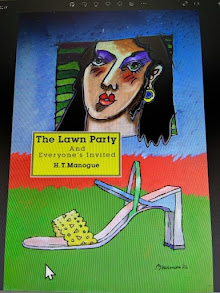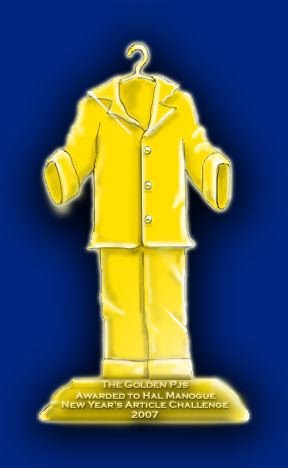That’s an ancient Chinese proverb. We don't know what a dog's reality is but it's safe to say that they focus on things we don't focus on.
We do associate human behavior with some dog behavior. We bark at shadows all the time. One group of humans may bark one way and other groups join in without understanding why they are barking. One group may believe that religion is worth fighting over, and millions of people go to war to defend that belief. We call it our truth and defend it at all costs.
Politics seems to work the same way. One individual calls himself the right wing of government, and another calls herself the left wing, and millions of people defend their position even when they don't totally agree with the doctrine set in motion by the original bark. There are hundreds of things we bark at because someone else is barking, but we really don’t know why we barked in the first place. Conformity rules in our society, so we bark to help create our reality.
There are countless realities so consciousness by nature is non-conforming. When inner consciousness freely flows through physical experiences, it changes the pitch of our bark. Politics, religion, and war are all beliefs that cast large shadows. Light is truth, but it is shadowed by our beliefs, influences and associations.










